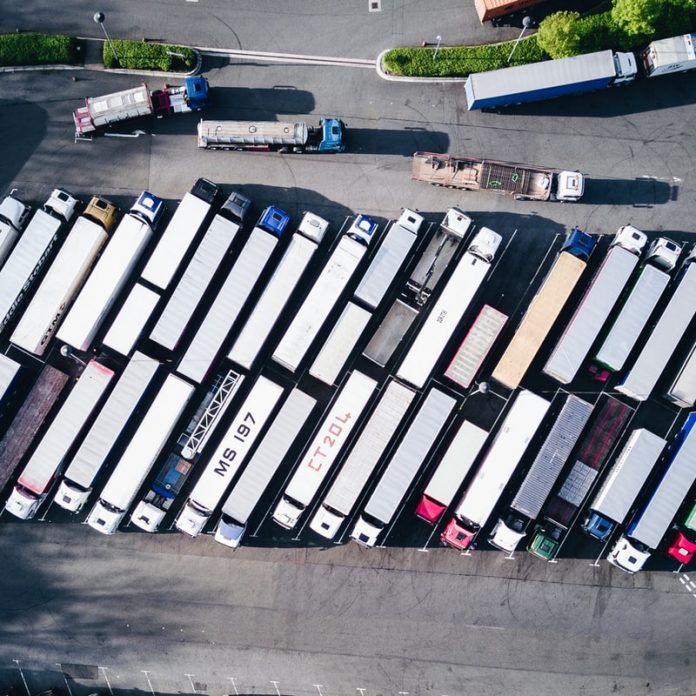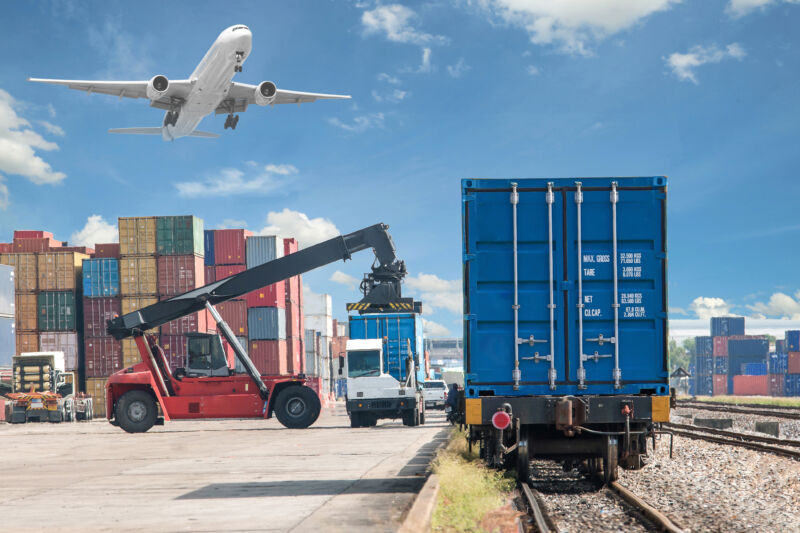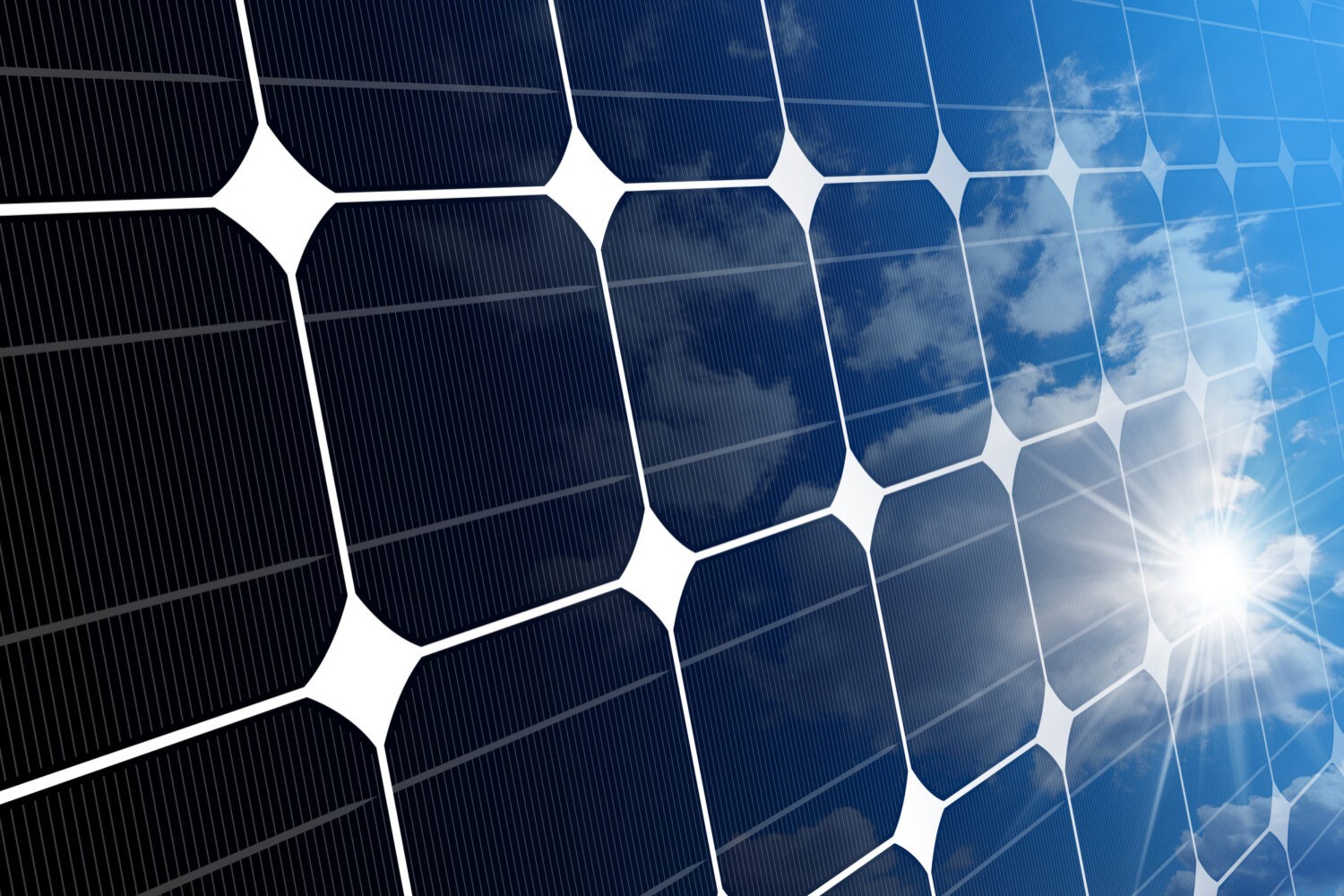
Hydrogen fuel cell trucks are on their way
Recognized for its critical role in all industries’ energy transition path, green hydrogen now holds promise in sustainable mobility applications.
As we have already said here, hydrogen might play a leading role in the energetic transition path. As stated by Irena in their Global Renewable Outlook 2020, hydrogen-produced energy must represent 8% of global energy consumption for the world to align to Paris Agreement climate goals. For the European Commission, hydrogen underpins the strategy for achieving a sustainable economic recovery after Covid-19 pandemic, as also shown by a communication of last December which stresses the need to encourage its use, especially in transport, to zero emissions and reduce air pollution.
Amongst different hydrogen alternatives currently available, green hydrogen is one of the most sustainable, yet still far from being as competitive as blue hydrogen. That’s why green hydrogen application is currently limited to a few pilot projects. According to recent studies by Deloitte, we still have to wait about 30 years for it to become an affordable alternative. In fact, the costs for renewable energy and electrolizer systems needed to produce green hydrogen are expected to be more accessible by 2050. As stated by Barbieri, an automotive partner of Deloitte, trucks represent 2% of the total number of vehicles circulating in Europe but account for 22% of global carbon emission. Trucks’ powertrain innovation could lead to reduced emission levels.

Picture from Unsplash
At the current moment, the main competitive advantages are represented by faster refueling times and autonomy. The refueling time of hydrogen powered vehicles is very fast, comparable to that used by conventional vehicles with internal combustion engine (ICE). And it is considerably faster than that required by electric vehicles powered by batteries. The latter, in fact, require from 30 minutes to several hours to recharge; hydrogen fuel cells, on the other hand, can be recharged in less than five minutes.
Currently, the main advantages of hydrogen powered vehicles are faster refueling times and autonomy.
Also in terms of autonomy, hydrogen-powered vehicles have a range of 400 to 1,000 km, depending on the fuel stored on board. This is a performance far superior to that guaranteed by electric vehicles. In addition, hydrogen fuel cell vehicles do not undergo significant variations due to external temperature and do not deteriorate in cold weather, unlike electric vehicles. To confirm the competitive advantage of hydrogen-powered vehicles over electric ones, there is also a logistical issue. Electric vehicles, in fact, must reserve a much larger internal space for batteries than hydrogen cells, dramatically reducing the space allocated to goods. It should also be stressed that hydrogen as fuel for automotive use, if green (i.e. produced with renewable sources), would also have zero impact from the point of view of environmental emissions.

Picture from Unsplash
At the moment, the main competitive advantage is represented by faster refueling times. Companies like Hyundai and Toyota largely invested on this technology. Bosch recently joined the race by focusing its research and development efforts on the hydrogen powered fuel-cell powertrain. Starting primarily with a focus on trucks and heavy vehicles, Bosch plans to initially introduce fuel cell powertrains for heavy transport, and then start production for passenger cars and public transport means. According to Uwe Gackstatter, president of the Bosch Powertrain Solutions division, hydrogen-powered fuel cell technology has not been designed to substitute electric energy, but rather to integrate tomorrow’s powertrain portfolio. This means there’s no competition between fuell cell and battery technologies; instead, they pursue the same objectives of reducing emissions and expanding sustainable mobility. Various estimates suggest a hydrogen-powered fuel cell truck would be able to travel more than a thousand kilometers in all-electric mode. When fueled with green hydrogen produced from renewable energy, this solution would pave the road to a fully sustainable freight transport sector.
The central problem is that, for these technologies to be adopted on a world scale, significant adjustments in current heavy transport supply chains are required.
Many companies are investing on hydrogen powered fuel-cell power train, primarily focusing on trucks and heavy vehicles, they plan to produce for passenger cars and public transport means.
Europe is currently discussing a proposal to build a hydrogen pipeline network with refueling stations every 200 km across mainland corridors. Meanwhile, the so-called hydrogen valleys are emerging all over the world. As of this writing, there are 32 valleys located in 18 countries for a total investment of over 30 billion euros (updated information are available here). Hydrogen valleys are being developed to create “small ecosystems” where the whole infrastructure comprising transport means and domestic/industrial heating systems is hydrogen-powered for testing and optimizing the underlying technology.
A case in point is the South African project we recently discussed about aimed to establish a hydrogen valley near the mining area of Mokopane. For this scope, Tsam is currently developing Toyota FC, a hydrogen powered fuel cell truck. As for Italy, the first – and so far only – project will stretch along the Brenner corridor and is planned to involve several Italian and Austrian stakeholders together with the Ministry of Economic Development and autonomous provinces nearby. Meanwhile, Snam and Wolftank are collaborating for the construction of at least five hydrogen refueling stations by 2024, with the aim of increasing the number of Fuel Cell Electric Vehicles (FCEV) on the road by 2030 with the associated need for manufacturing and logistic infrastructure.

